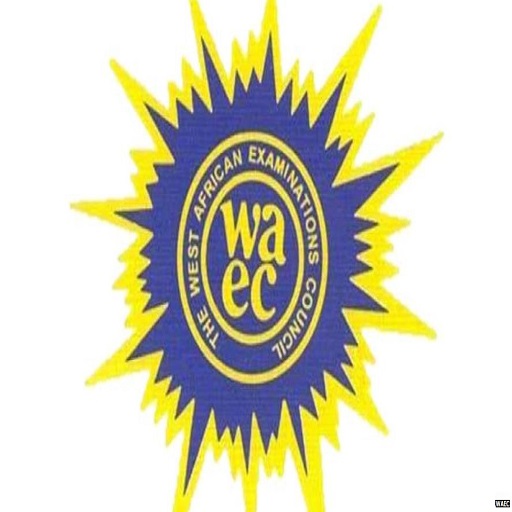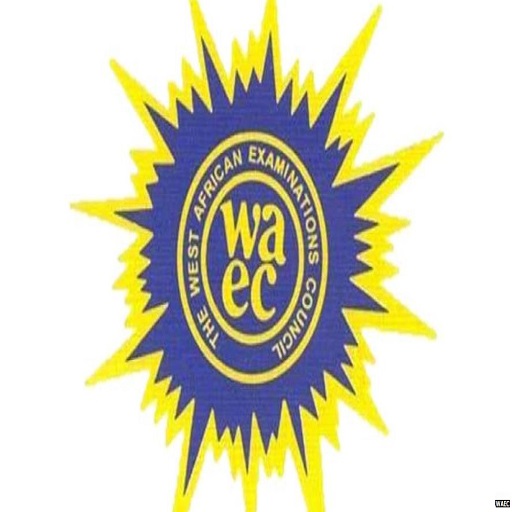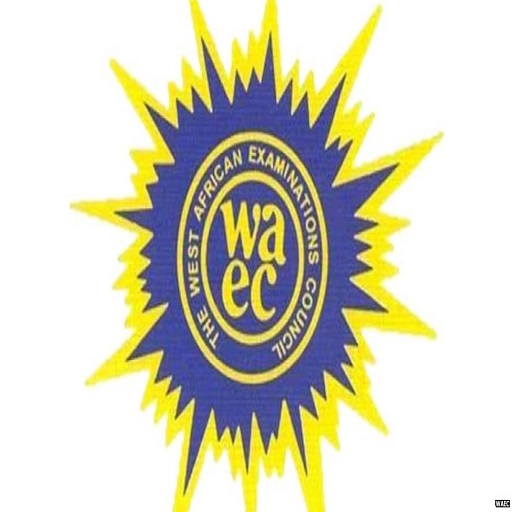Are you search for 2023 WAEC Literature-In-English Past Question Paper? WAEC 2023 Literature-In-English Past Question Paper? WAEC Literature-In-English Questions and Answers 2023? WAEC Literature-In-English Past Questions 2023? If yes, then your your search ends here.
ALSO SEE:
- English Language WAEC past question 2022
- WAEC Syllabus for All Subjects 2022/2023
- JAMB Syllabus For Use of English 2023/2024
- WAEC past questions and answers 2022
- WAEC Literature In English Question 2022
2023 WAEC Literature-In-English Past Question Paper – Objective (SC)
SECTION A : Answer all the questions in this section
PART 1 [General Knowledge of Literature]
- Letter, journals and diaries are examples of
- A. fiction
- B. meta-friction
- C. faction
- D. non-fiction
- That girls is too young to be put in the family way illustrates
- A. euphemism
- B. hyperbole
- C. oxymoron
- D. paradox
- A character that is built around a single idea or quality is a ………… character
- A. choral
- B. flat
- C. heroic
- D. sound
- Seven metrical feet in a line of a stanza is
- A. heptametre
- B. triolet
- C. hexametre
- D. septet
- A dead metaphor is
- A. implied and underused
- B. overused and ineffective
- C. implies and not funny
- D. overused and funny
Read the extract below and answer Questions 6 to 10.
( In the Town Hall)
Jonsey: (By himself, centre right, looking skulky) How hoes anyone keep faith with himself in such an ill made place?
Bassy, Ba-a-say!
Bassy: Here Anything the matter?
Jonsey: ( Moves front stage centre right) Your mayoral hopeful.
6. Jonsey’s opening speech illustrates
-
- A. aside
- B. epilogue
- C. mime
- D. soliloquy
7. In the Town Hall is the
-
-
- A. atmosphere
- B. location
- C. setting
- D. stage
-
8. Bassy is a ………… in the play
-
- A. character
- B. location
- C. narrator
- D. producer
9. Jonsey’s speech Your mayoral hopeful is addressed to
-
- A. the audience
- B. Bassy
- C. himself
- D. no one
10. The speeches of Jonsey and Bassy illustrate
-
- A. dialogue
- B. epilogue
- C. monologue
- D. prologue
11. Resolution in a literary work is also referred to as
-
- A. events that increase action
- B. the complication
- C. events that increase tension
- D. final outcome
12. The moon looked on the massacre in horror illustrate
-
- A. epilogue
- B. pathetic fallacy
- C. prologue
- D. transferred epithet
13. A dramatic performance with scenes played by body movements or gestures without words is known as
-
- A. comedy
- B. panygeric
- C. melodrama
- D. pantomime
14. A short poem lamenting the death of someone is
-
- A. an epic
- B. a sonnet
- C. an ode
- D. a threnody
15. The third stanza of the Shakespearean sonnet is
-
- A. couplet
- B. octave
- C. quatrain
- D. sextet
Read the extract below and answer Questions 16 and 17.
The boat nodded in timing with the gentle
Bobbing of the float on the unhurrying
Tide as the angler awaited the bite and
Pull of a salmon
16. The extract presents the image of a
-
- A. bright day
- B. dark night
- C. calm weather
- D. rough time
17. The dominant literary device used in the extract is
-
- A. apostrophe
- B. parallelism
- C. antithesis
- D. personification
18. A fable is also known as
-
- A. an apologue
- B. a farce
- C. an epigram
- D. a parody
19. Exaggerating one’s personal features for comic effect is
-
- A. contrast
- B. lampoon
- C. caricature
- D. satire
20. At the last head count, the population of the school was three thousand is an example of
-
- A. hyperbole
- B. metonymy
- C. pun
- D. synecdoche
PART II
UNSEEN PROSE AND POETRY
Read the passage below and answer Question 21 to 25
Along marched the crowd, determined not to be distracted from its cause and the course it had charted. If anyone could intimidate the chief, it was Sasu, who led the crowd. The chielf nurtured unruffled restraint. He knew Sasu, knew that Sasu would not waste the trust between them on renegades.
One way to divert a mob from its goal is to join in with it, lead it on, but, finally, veer it from the course of its cause. Onward, towards the chief’s palace marched the crowd, singing war songs.
The sun frowned as the palace guards, rattling like leaves in a storm, fear branded on their faces, came out to survey the threatening crowd and prepare for a siege, Just then, Sasu turned about, heading away from the palace – with the crowd, and the war songs.
21. The prevailing atmosphere is
-
- A. drab
- B. pleasant
- C. serene
- D. tense
22. join in with it, lead it on, but, finally veer it from illustrates
-
- A. allusion
- B. parallelism
- C. simile
- D. personification
23. The attitude of the writer towards Sasu in one of
-
- A. anger
- B. disdain
- C. approval
- D. surprise
24. rattling like leaves in a storm, fear branded on their faces illustrates
-
- A. assonance and simile
- B. personification and metaphor
- C. simile and metaphor
- D. personification and simile
25. The last paragraph illustrates
-
- A. anti climax
- B. foreshadow
- C. rising action
- D. suspense
Read the poem below and answer Questions 26 to 30
Miniver Cheevy, child of scorn,
Grew lean while he assailed the season;
He wept that he was ever born,
And he had reasons
Miniver loved the days of old
When swords were bright and steeds prancing;
The vision of a warrior bold
Would set him dancing
26. child of scorn illustrates
-
- A. constant
- B. euphemism
- C. metaphor
- D. metonymy
27. The metrical structure is predominantly
-
- A. dactylic
- B. iambic
- C. spondaic
- D. trochaic
28. Reading the poem, one notices that the poet is being
-
- A. euphemistic
- B. hyperbolic
- C. ironic
- D. sarcastic
29. In the last stanza, the persona is
-
- A. angry
- B. fantasizing
- C. malnourished
- D. pretending
30. The two stanzas are built on
-
- A. alternate rhyme
- B. couplets
- C. identical rhyme
- D. run-on-lines
RECOMMENDED: Check Here for More WAEC Past Questions






